“Technology, trade and ‘urban poor’ in a general equilibrium model with segmented domestic factor markets”: A synopsis
The significant determinant of the growth in Indian Economy during the liberalised regime has been the productivity take-off in the registered or ‘formal’ manufacturing and service industries, which has been facilitated by greater access to the newer varieties of imported capital goods from abroad (since they are used as ‘inputs’ in the services industries of India). But at the same time, a significant proportion of the non-agricultural workforce in the urban or semi-urban areas has been absorbed by the ‘informal’ or unregistered establishments, most of them are economically marginalised. And this proportion increases steadily during the liberalised regime.
However, still we observe steady increase in real wages prevailing in these non-agricultural informal sectors across the Indian provinces during this liberalised regime. This is indeed a puzzle because any of the workers, receiving higher contractual wages in the registered factories of the ‘formal’ economies, won’t be induced to go to the informal enterprises; since the latter provide much lower (market-determined) wages to perform low-skilled jobs that do not suit the workers of the registered factories.
Given the above, how one could really channel the implications of the productivity growth in the formal factories on the real wages of the workforce engaged in informal sectors of the urban or semi-urban areas? My recently published paper in the International Review of Economics & Finance gives the answer.
How?
By using the concept of ‘credit-product inter-linkage’.
What does this stand for?
The informal producers lack access to credit from formal institutions. Therefore, they generally depend on the informal sources of credit, such as informal moneylenders, who charge exorbitantly high interest rates. Under this policy, the informal moneylenders act as financial intermediaries between the formal credit agency and the final borrowers of credit. The formal firms are dependent on the informal establishments for the utilisation of cheap labour in production, while the informal firms are dependent upon the formal firms for supply of credit and marketing of the product.
The above nexus between formal and informal industries has been utilised to explain the puzzle. In short, this research highlights the importance of credit-product inter-linkage between the urban formal and informal non-agricultural industries in order to trace out the implications of productivity surge in the formal sectors on the wages and employment conditions of the economically marginalised urban workers working under informal arrangements.
The main results of the paper direct to the following policy implications. Any domestic government intervention to reform the informal sector credit market tends to prevent capital reallocation towards informal sector would contribute positively to the increase in informal wage.
On the other hand, reform in the formal sector labour market would reduce the net returns to the formal sector workers and thus, owing to the productivity improvement in the formal sectors, the formal-informal interest rate gap would have increased, leading to a greater reallocation of capital from formal to the informal sectors. Since the informal sectors utilise labour and capital in fixed proportions, this will call for higher labour requirement in the informal sectors, thereby pushing the real wages up.
I would like to cordially invite all researchers to read the paper using the following link <https://authors.elsevier.com/a/1TOAs3mpInfXeQ>. This link will allow to freely download the article up to September 4, 2016 (the official date of releasing the printed version of the volume). Any of the researchers working on the urban informal sectors of India should definitely be benefitted from this paper. The paper can be read and understood easily even by avoiding the detailed algebraic modelling techniques. Fig. 7 and the subsequent discussions should be useful in this context.
Prof. Soumyatanu Mukherjee is Assistant Professor of Economics at IIM Kozhikode
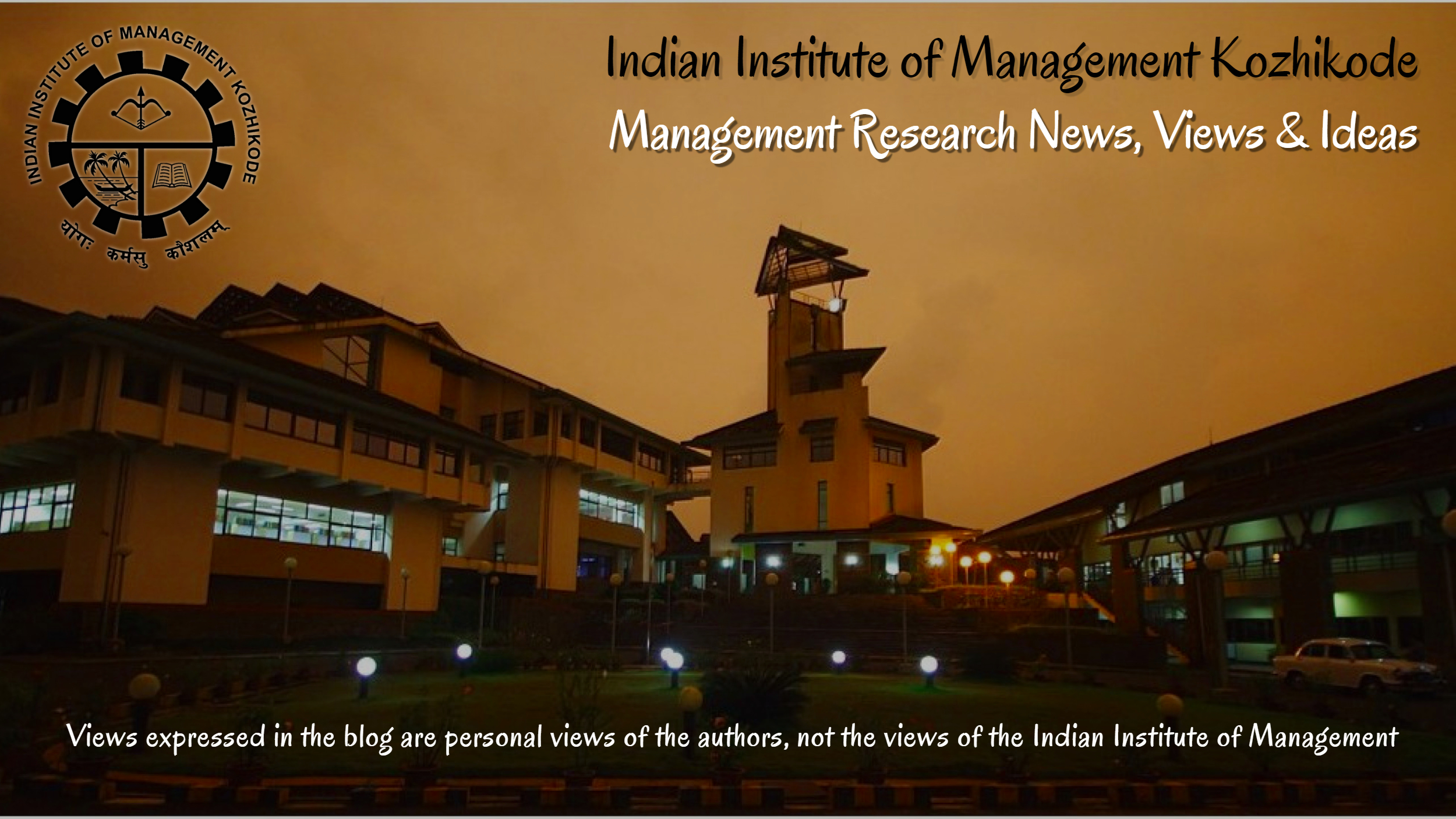



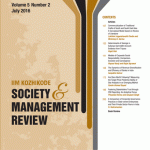
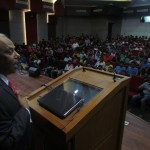
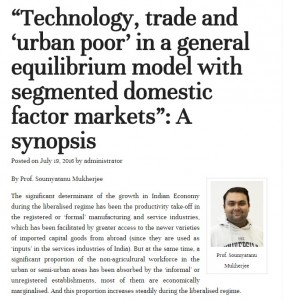
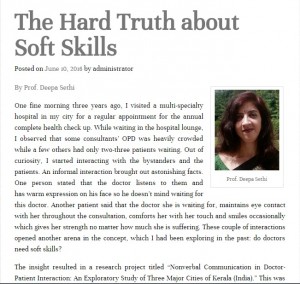
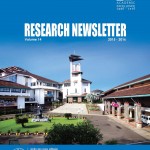
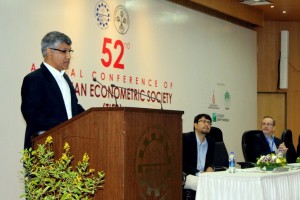
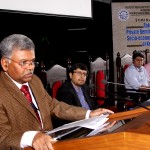






 Users Today : 358
Users Today : 358 Users Yesterday : 367
Users Yesterday : 367 This Month : 7212
This Month : 7212 This Year : 112340
This Year : 112340 Total Users : 536328
Total Users : 536328 Who's Online : 2
Who's Online : 2